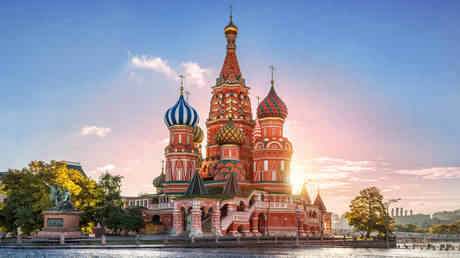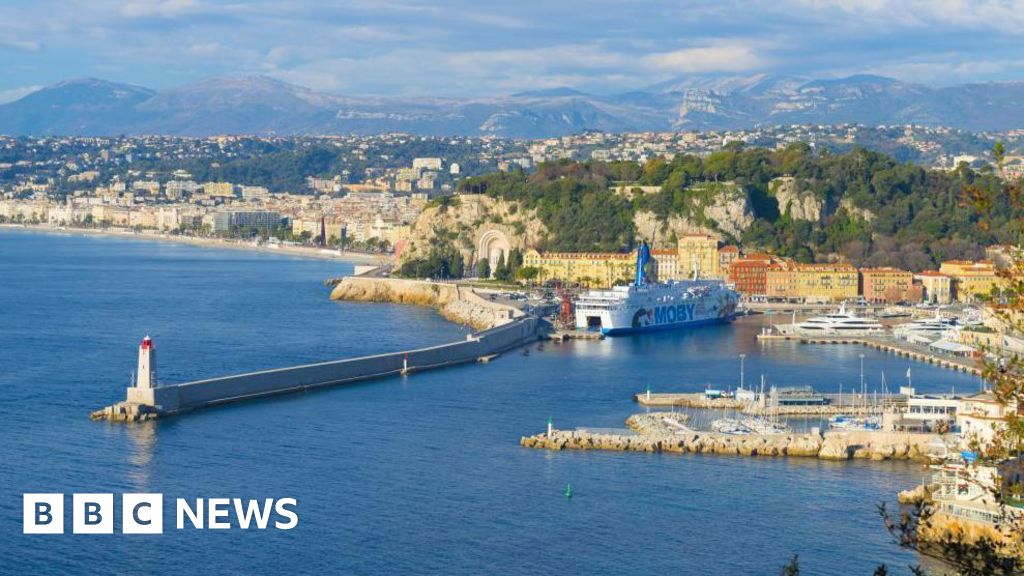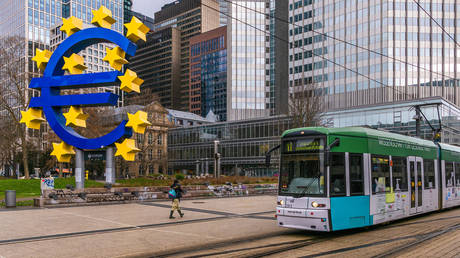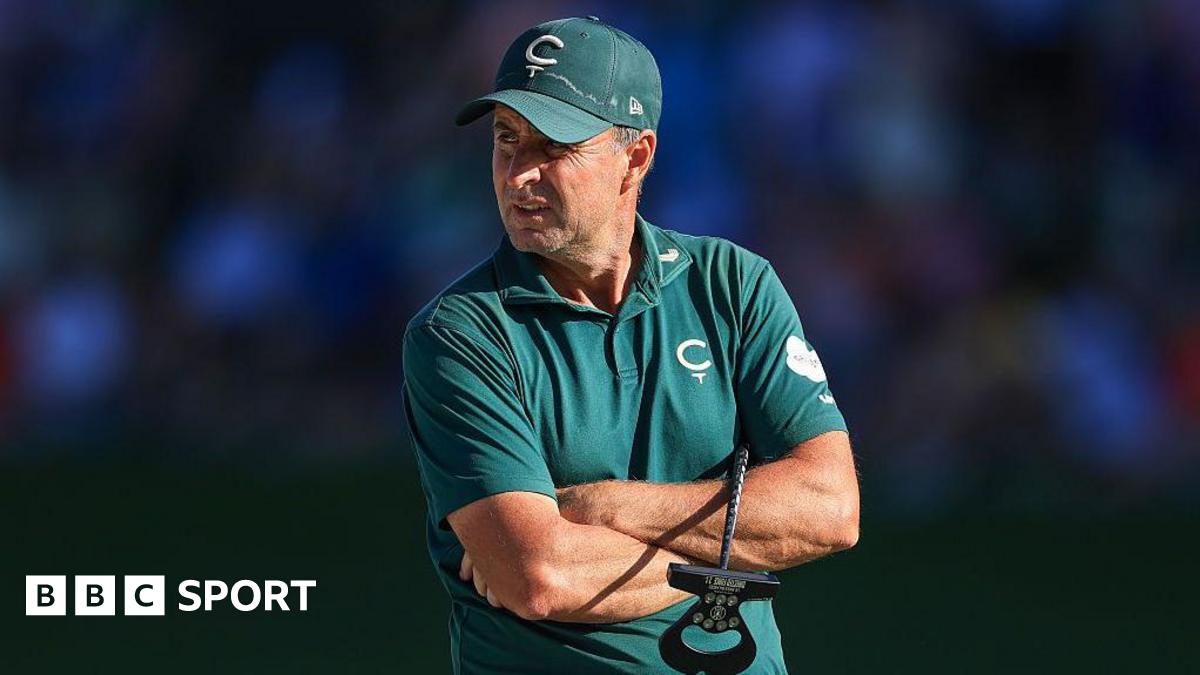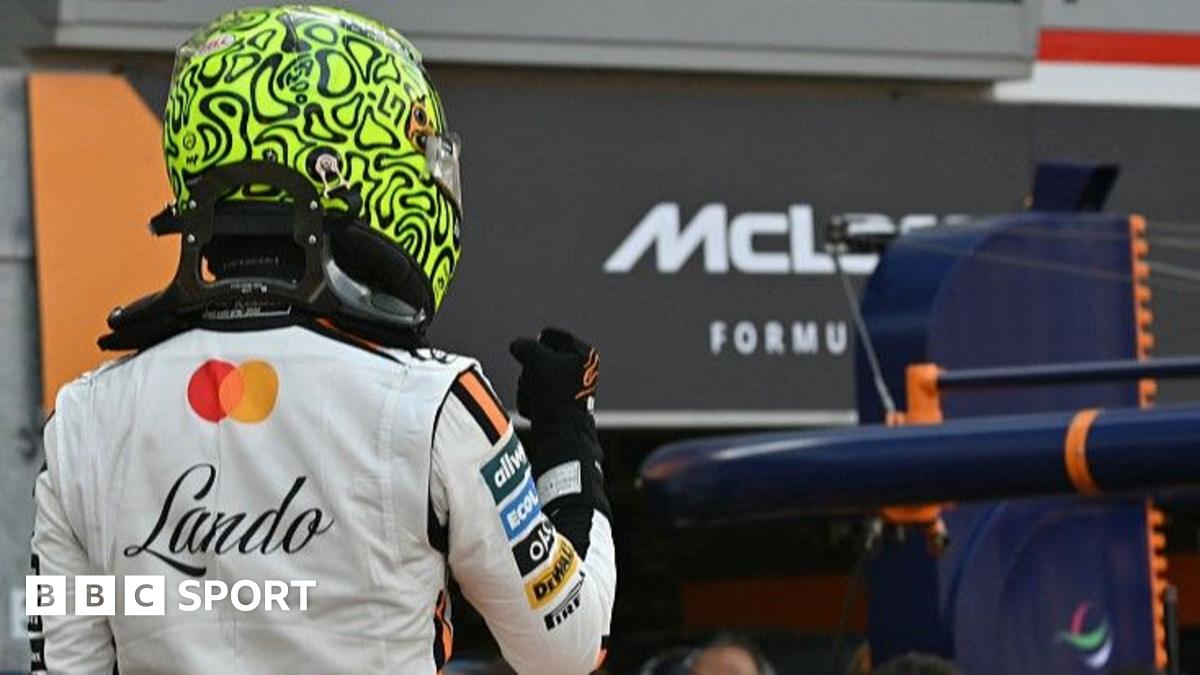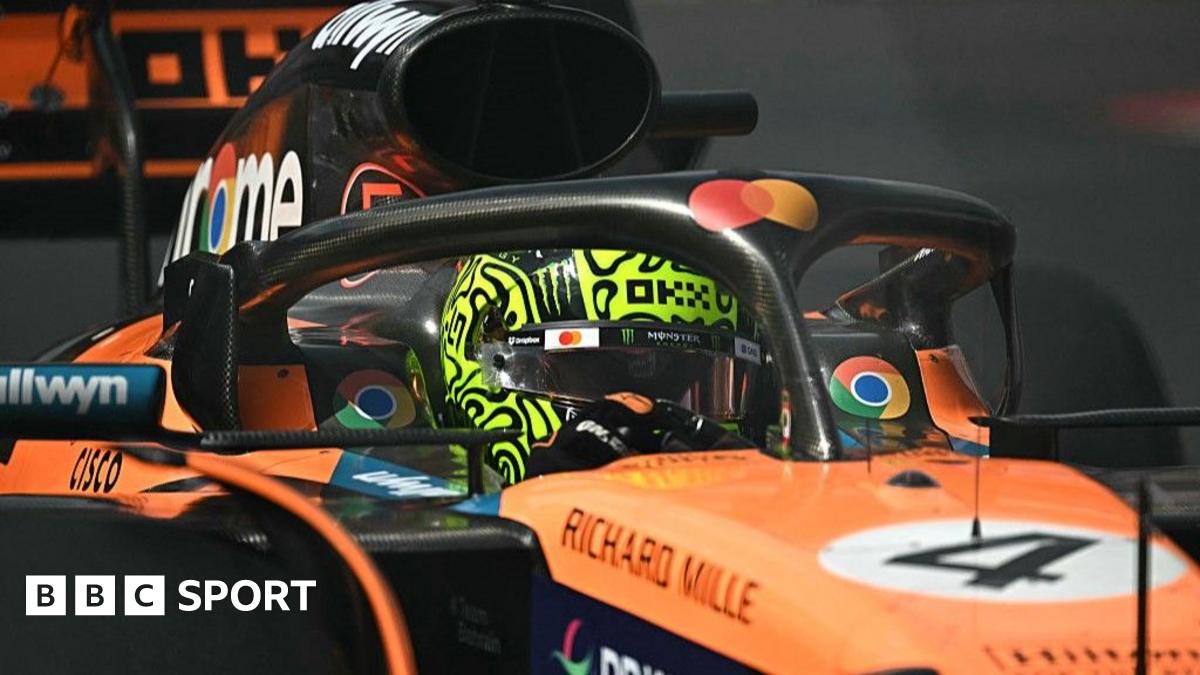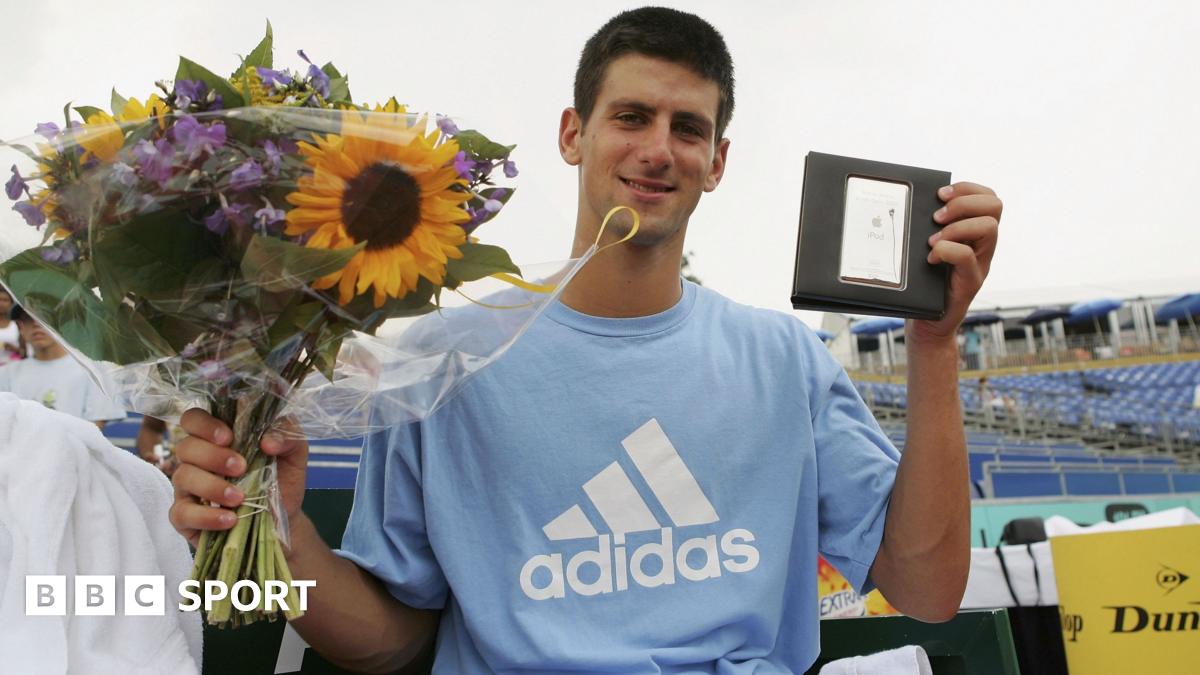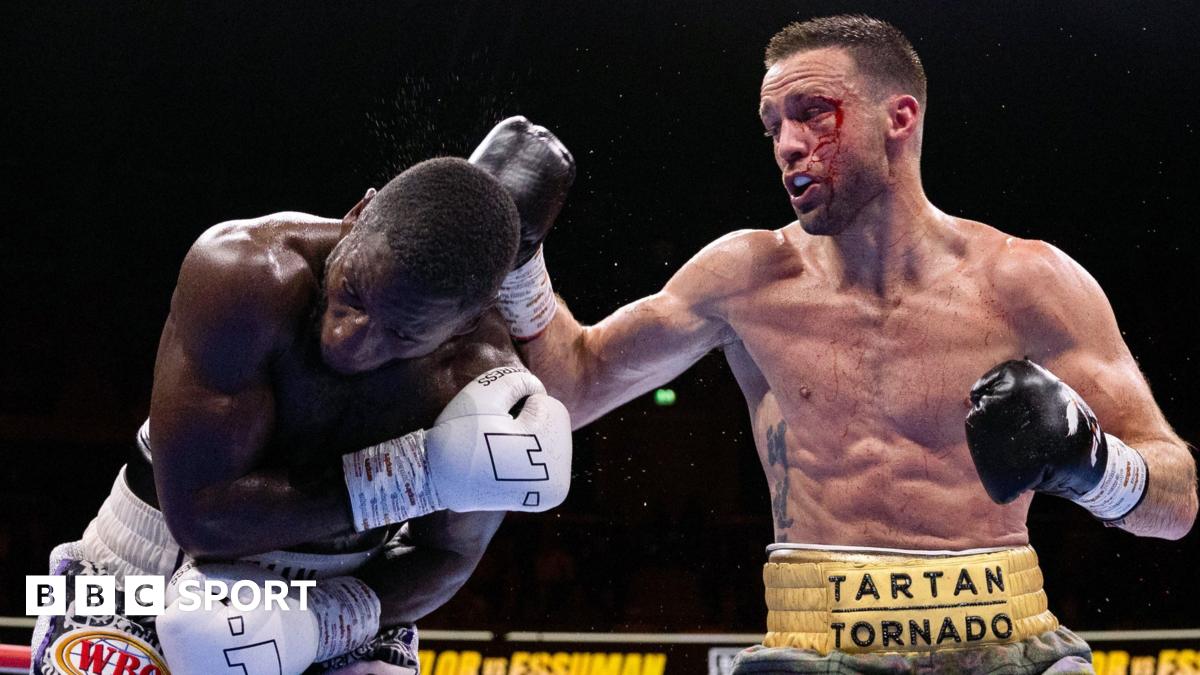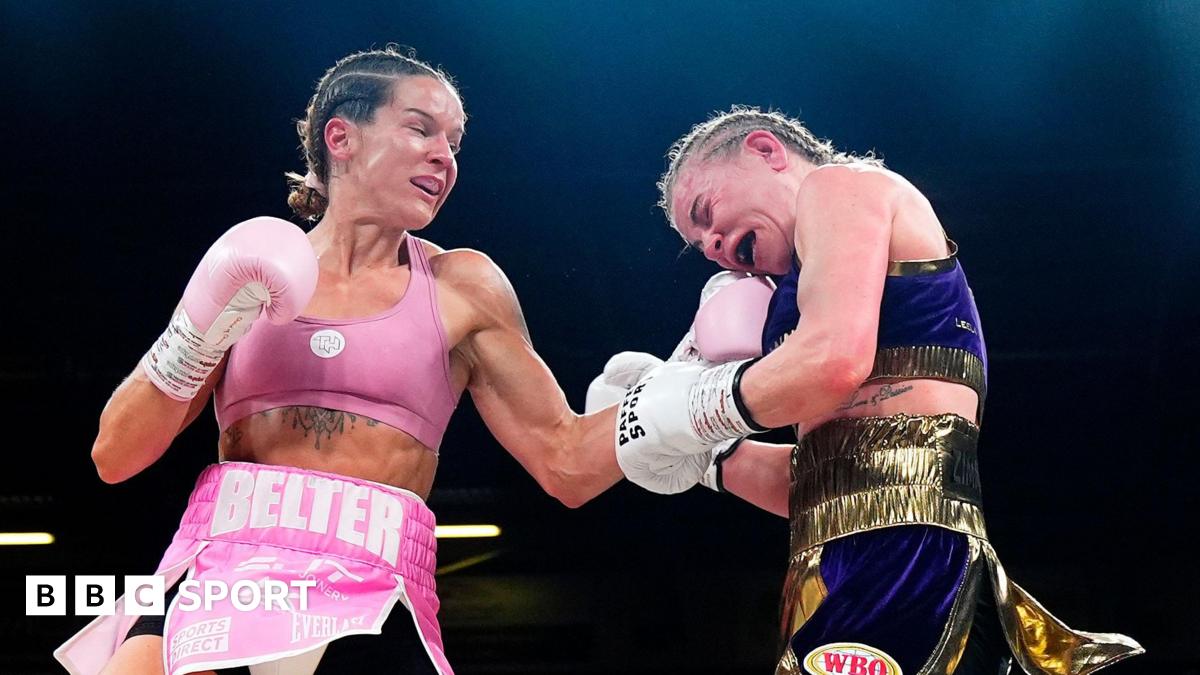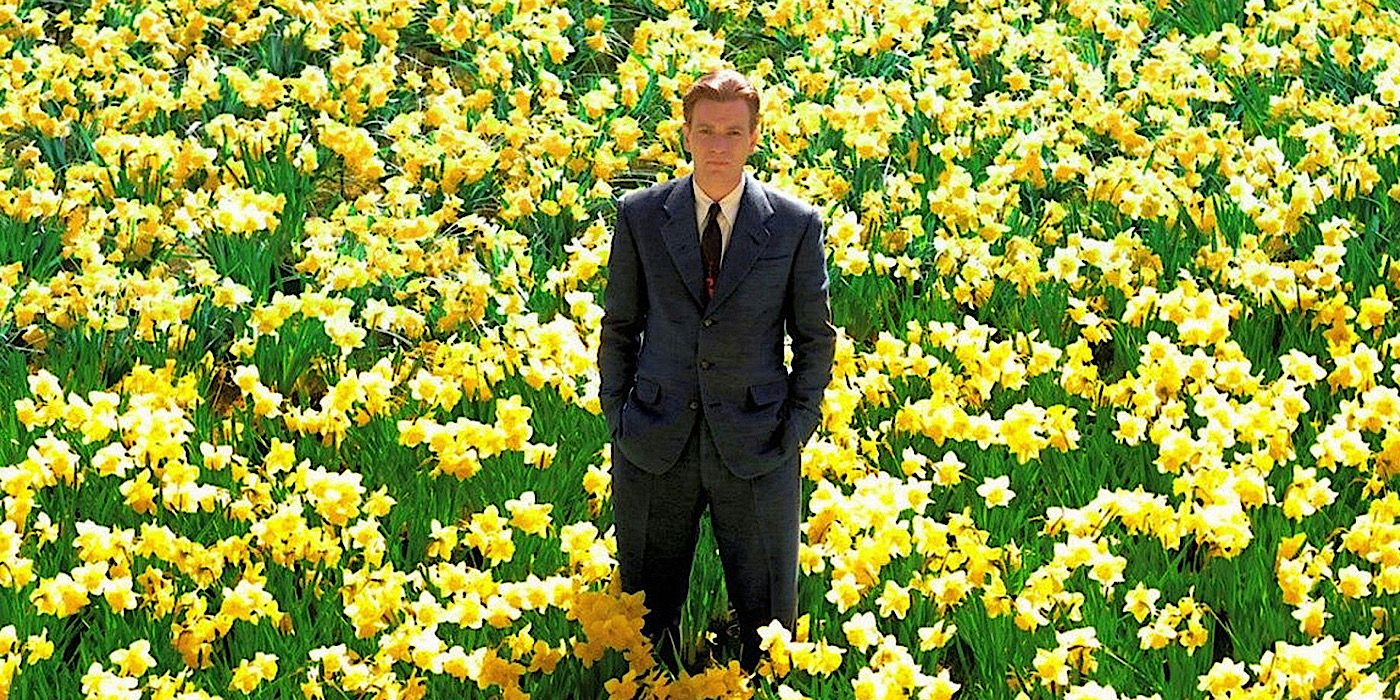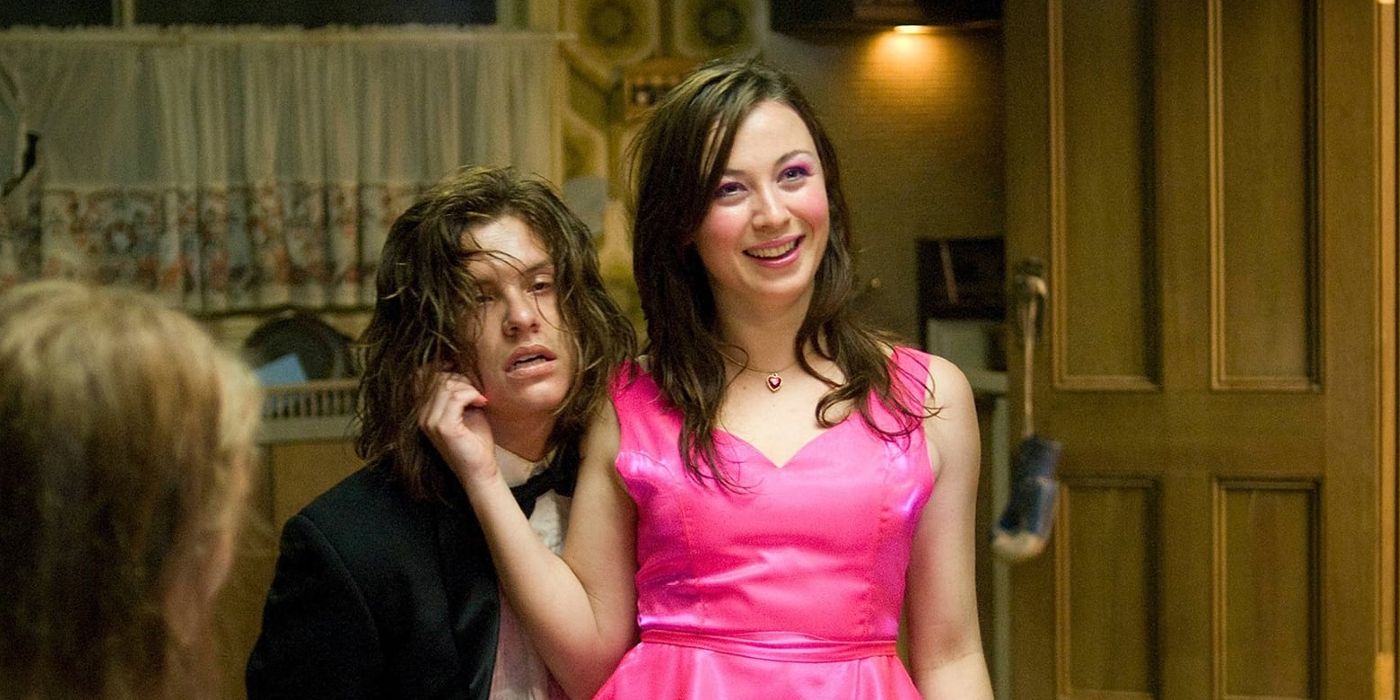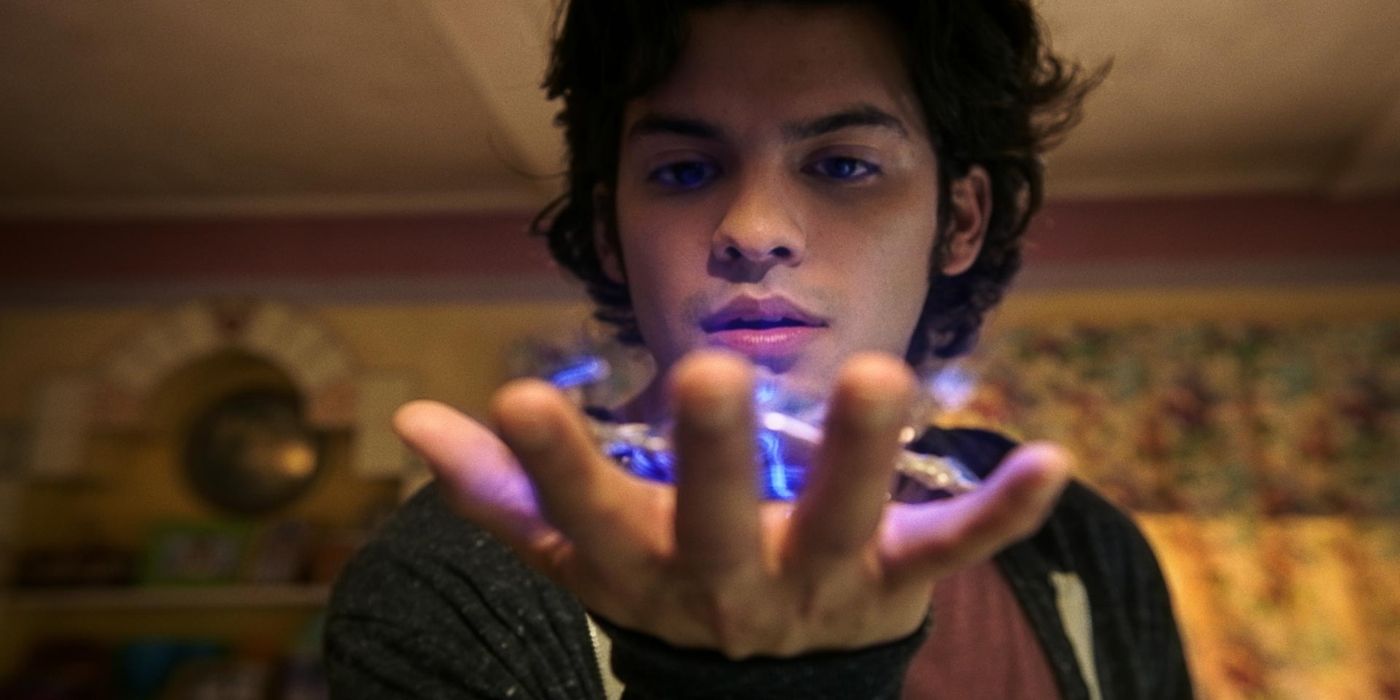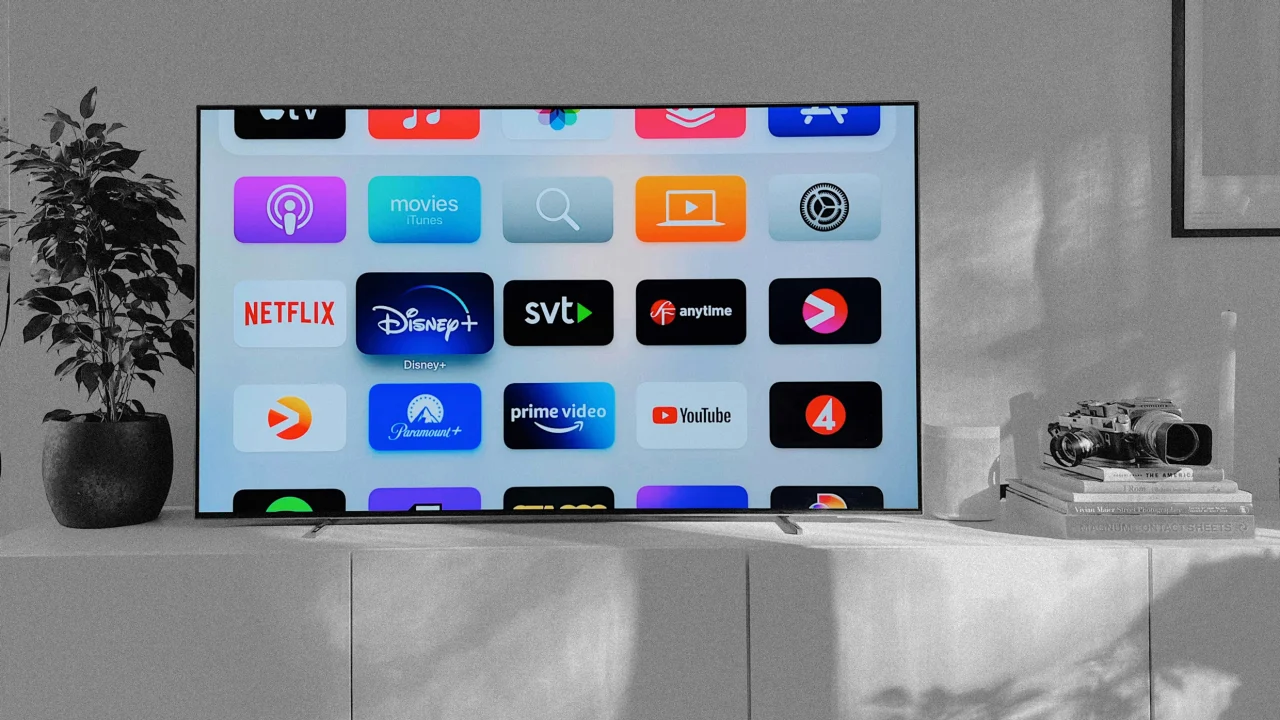Americans are fueling a massive pope economy
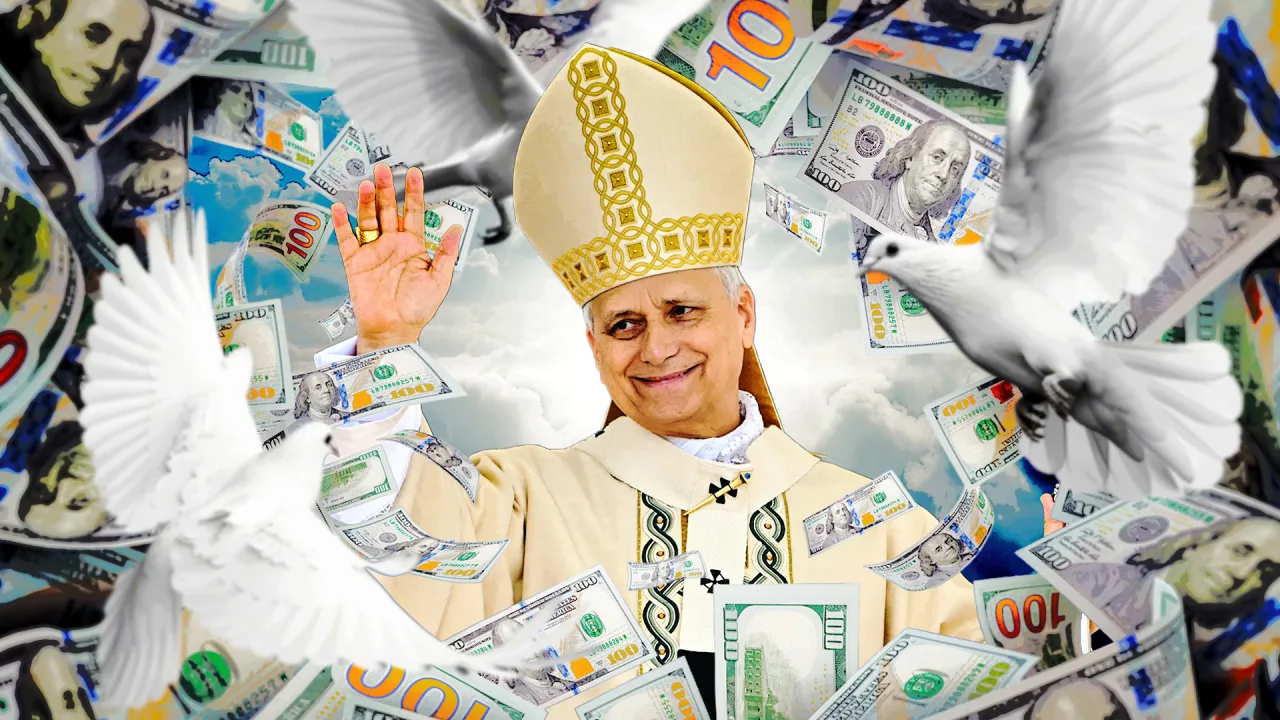
It was a fun moment to be online. When the news broke on May 8 that Pope Francis’s successor would be the first-ever American to hold the sacred position—and a Chicagoan, no less—social media erupted with celebration and Windy City-specific memes. Within days, some of those memes had morphed into t-shirts for sale.
As the conversation around Pope Leo XIV quickly spread to his environmentalist leanings and political opinions, though, the wellspring of unauthorized merchandise spread far beyond novelty shirts that read “Da Pope.” What has flourished in the days since is a broader pope economy that spans clothing, memorabilia, food, tourism, and more—both in the U.S. and in Rome. Demand in both places appears largely driven by Americans.
Stateside fervor for pope merchandise is not without precedent, of course. A pontifical cottage industry sprang up around Pope Francis’s 2015 visit to Philadelphia, for instance. Along with t-shirts commemorating the event, Philly streets were flooded with plush pope dolls, life-sized cardboard cutouts, and other pope swag. There was even pope cheese, a mozzarella ball shaped like the bishop of Rome. Considering this level of entrepreneurial excitement marked the occasion of a sitting pope merely visiting the U.S., it’s no wonder so many people have found creative ways to capitalize on an American ascending to the papacy.
No business like pope business
The scope of the pope-based merch empire is already vast. It has a devotional side, with various faith-based online retailers lining up to sell prayer cards, framed portraits, and an insta-book called When the White Smoke Clears: A Guide to Pope Leo XIV’s Early Days, which currently has a June 30 release date.
Topps offered a limited-release Pope Leo-themed trading card for four days in May, and reportedly sold 133,535 units at $8.99 a pop. (Though the cards are part of a special Topps collection marking significant moments in sports and culture, Pope trading cards date back to the early 1900s.) The Pope Leo cards are now being listed at up to $199 on eBay. For those who would like something a little more three-dimensional, the National Bobblehead Hall of Fame and Museum recently put on presale two separate iterations of Pope Leo for $30 each. There’s also piping hot content on the way: Castletown Media’s forthcoming documentary, Pope Leo XVI: A Pontiff’s Path, which is expected to reside on an upcoming faith-based streaming service called CREDO. Perhaps some of the many viewers who made 2025 Oscar nominee Conclave a massive hit on streaming during Pope Leo’s election will be among the first to tune in.
Unsurprisingly, Chicago has become the white-hot epicenter for stateside Popemania. The merch frenzy includes custom White Sox jerseys, in the wake of Pope Leo’s brother dispelling rumors of Cubs fandom and archival video footage confirming his Sox bona fides. The Chicago sports shop Grandstand claimed to Sports Illustrated that their Sox jerseys with the Pope’s name on it are outselling those of any other player on the team. The Sox’s home, Rate Field, took the team’s papal love public, installing a mural of him at the stadium.
Beloved Chi-town restaurant chain Portillo’s also named a new sandwich The Leo, which it describes as “divinely seasoned Italian Beef, baptized in gravy.” Meanwhile, in Evanston, Bennison’s Bakery is offering limited edition cookies that bear Pope Leo’s likeness.
Chicago may eventually become an even bigger tourist destination for the faithful. The owner of Pope Leo’s now-decrepit childhood church—St. Mary of the Assumption, on Chicago’s south side—is reportedly in talks to convert the space into a place of worship for local congregations, with a food pantry named after the new pope. (The Chicago suburb in which he grew up intends to either purchase his childhood home that was up for sale, or obtain it through eminent domain, and allow it “to be viewed and visited by the public as a historic site.”)
A lot of the papal tourism, however, is currently taking place in Rome.
When in Rome
Americans already account for the largest segment of tourist visits to Rome, with a record 2.5 million arriving in 2024 alone, according to The Guardian. Now that an American will occupy the Chair of St. Peter in Vatican City, though, vendors and various service providers are preparing for a full-on religious tourist invasion.
Tour companies are reporting an increase in bookings for pilgrimages, especially from Americans. The owner of Atlante Star, a hotel in Rome known for its impressive view over St Peter’s Basilica, told The Guardian ahead of Pope Leo’s inaugural service on May 18 that the hotel was “mostly full with people from North America, and not just pilgrims.” And as in Chicago, culinary business owners near the Vatican, including gelato makers and brewers, are offering pope-themed confections to entice American visitors.
Out on the streets of Rome, some vendors began to sell posters and trinkets bearing the new pope’s name and image within 48 hours of his election. No official Pope Leo XIV holy cards or rosaries have gone on sale yet in the Vatican gift shop, though, nor are any available at many of the other souvenir shops throughout the city, which are reportedly waiting for “the authorization of the dicastery,” a department within the administrative body of the Holy See, to be able to sell merch celebrating the new pope. Waiting seems like a wise move—and not just because it will give all remaining official Pope Francis merch a chance to sell out.
Divine copyright protection
The Vatican, it turns out, has a long history of legally protecting the pope’s image. Back in 2009, toward the end of Pope Benedict XVI’s tenure, the Holy See essentially declared a divine copyright. Citing a “great increase of affection and esteem for the person of the Holy Father” as contributing to broader use the Pontiff’s name and image, the Vatican emphasized that “it alone has the right to ensure the respect due to the Successors of Peter,” and therefore, to protect the Pope from unauthorized uses of his name, image, or any related symbols.
Perhaps inspired by all the papal ephemera Pope Francis and his handlers would have seen during the 2015 trip to the U.S., the Vatican went on the offensive two years later. In 2017, it hired global law firm Baker McKenzie to protect the rights to its intellectual property. (Representatives for Baker McKenzie did not respond to Fast Company’s request for comment on the work it may have done, or continues to do, for the Catholic Church.)
It’s unclear how long it will take for the Vatican to authorize official Pope Leo XIV merch. According to Italian news organization Agenzia Nazionale Stampa Associata, it could be as soon as a matter of weeks. In the meantime, the enterprising souls selling trinkets and sandwiches with the pope’s name appear to be taking advantage of a Wild West moment of slow trademark enforcement. In the long haul, those “Da Pope” shirts made in America fall under the parody allowance in the fair use doctrine, but the online merch store with the audacious URL officialpopeleoxiv.com seems destined for litigation. (The operator of the site did not respond to a request for comment, but WHOIS Domain Lookup shows that it went live on May 9 and operates out of Reykjavik.)
Retailers selling rosaries decorated with Pope Leo’s face, and supposedly blessed by him, may be able to operate unimpeded for the moment. If any folks operating unauthorized shops are religious, though, a much greater punishment than litigation could serve as a deterrent.
What's Your Reaction?
 Like
0
Like
0
 Dislike
0
Dislike
0
 Love
0
Love
0
 Funny
0
Funny
0
 Angry
0
Angry
0
 Sad
0
Sad
0
 Wow
0
Wow
0




